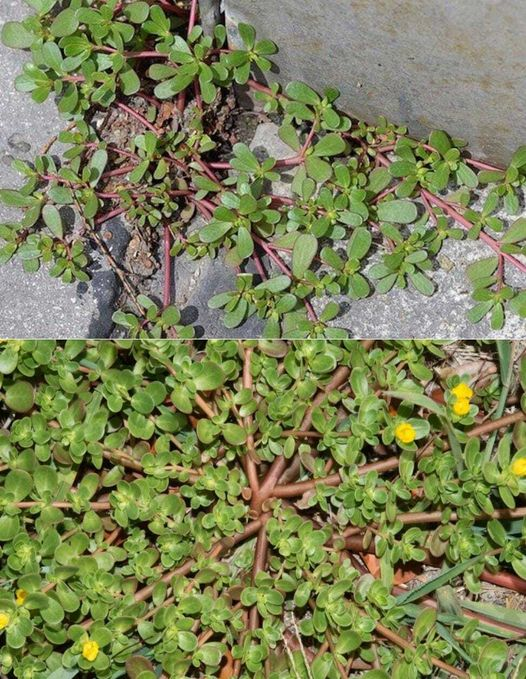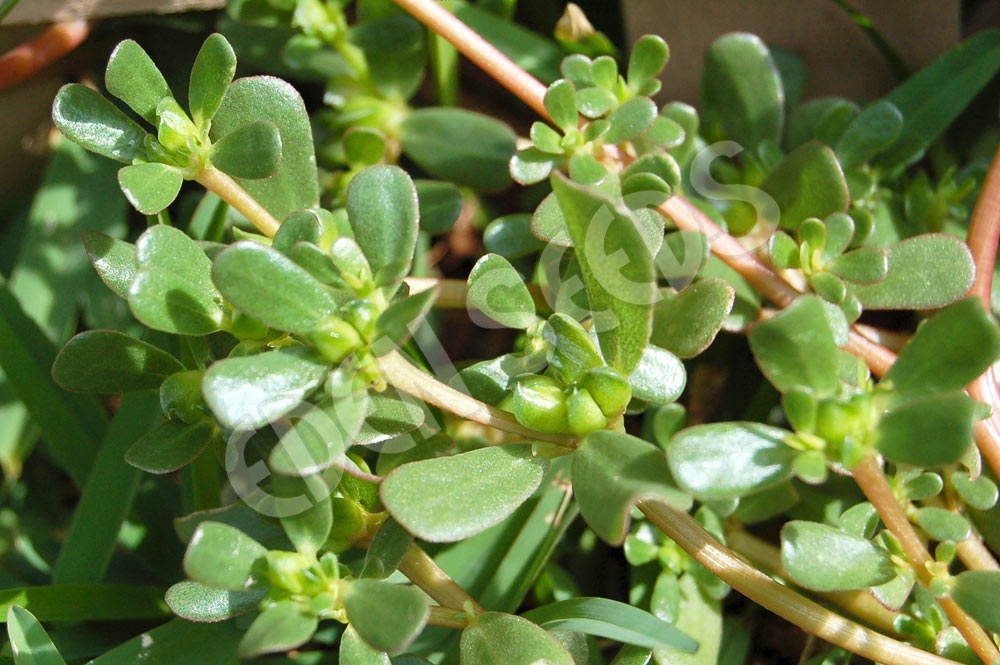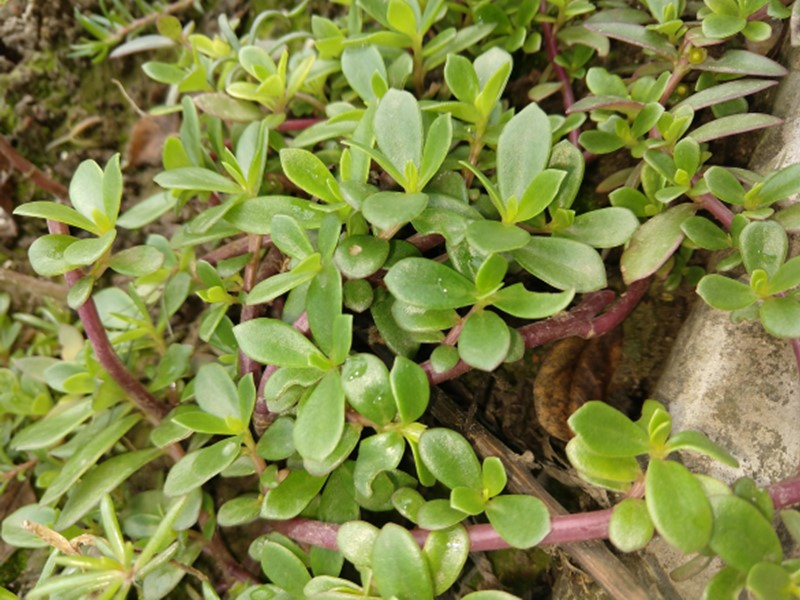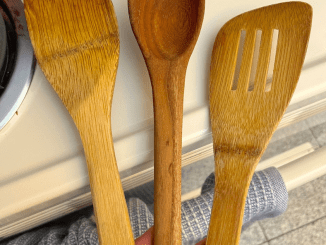When most people spot purslane in their yard, their first instinct is to pull it out and toss it aside. But what if I told you that this common “weed” is actually a superfood packed with vitamins, minerals, and even omega-3 fatty acids? Yes, that’s right—purslane is not just an ordinary weed; it’s a nutritional powerhouse that can boost your health, enrich your soil, and even attract beneficial insects. In this article, we’ll dive into the surprising benefits of purslane and why you should let it thrive in your yard.

What Is Purslane? A Weed or a Wonder?
Purslane (Portulaca oleracea) is often dismissed as an invasive weed, but it’s actually an edible plant that has been consumed for centuries. Its succulent leaves and stems are crunchy and have a slightly tangy flavor. In many cultures, purslane is a prized ingredient in dishes, soups, and salads. This resilient plant is packed with nutrients, making it a fantastic addition to your yard and diet.
Nutritional Value of Purslane
Purslane is incredibly nutrient-dense. It contains:
- Omega-3 fatty acids: Rarely found in plants, these are typically associated with fish and are vital for heart health.
- Vitamins A, C, and E: These vitamins support immune function, skin health, and provide antioxidant protection.
- Minerals: Purslane is rich in magnesium, calcium, iron, and potassium, all of which are essential for various bodily functions.
Why You Should Let Purslane Grow in Your Yard
If you’ve been battling purslane as a persistent weed, it’s time to change your perspective. Here’s why this unassuming plant deserves a place in your garden.
1. It’s a Low-Maintenance Superfood
Purslane is incredibly resilient and can grow in dry soil, making it an ideal choice for gardeners who don’t have the time or resources to maintain fussy plants. It doesn’t require constant watering, so you won’t need to spend much effort to enjoy its benefits. Just plant it, and it will thrive with minimal care.
2. Adds Flavor to Your Meals
Purslane’s tangy, lemony flavor makes it a perfect addition to a variety of dishes. You can toss it in salads, add it to soups, or even use it in stews. Its mild yet distinctive taste adds a refreshing touch, while its crunchy texture makes it a delightful ingredient. Think of it as a secret ingredient that enhances both the flavor and the nutrition of your meals.
Purslane: More Than Just Food
Purslane isn’t just good for you; it’s also beneficial for your yard. This hardy plant offers several ecological benefits that can improve the health of your garden.
1. A Natural Pollinator Magnet
Purslane’s bright yellow flowers attract pollinators like bees and butterflies, which are essential for a thriving garden. By encouraging these helpful insects to visit your yard, you’re promoting a healthier ecosystem. Pollinators play a crucial role in plant reproduction and pest control, making purslane a valuable ally for your other plants.

2. Helps Prevent Soil Erosion
Purslane’s strong root system helps stabilize the soil, preventing erosion. Its dense growth creates a living mulch that retains moisture and reduces water runoff. This improves soil fertility over time, making it easier for other plants to establish and grow.
3. Acts as a Natural Mulch
Because of its dense, ground-covering growth, purslane can serve as a living mulch in your garden. It helps retain soil moisture and suppresses weeds by blocking sunlight from reaching the soil. This means less watering and weeding for you, making purslane an efficient and eco-friendly addition to your yard.
The Medicinal Benefits of Purslane
Purslane’s history as a medicinal plant dates back to the 1400s, with its use recorded across cultures for treating various ailments. This humble plant offers a range of health benefits:
1. Anti-Inflammatory Properties
Purslane’s high levels of omega-3 fatty acids make it a natural anti-inflammatory agent. Regular consumption can help reduce inflammation, which is linked to many chronic diseases, including arthritis and heart disease.
2. Antioxidant Protection
Vitamins A, C, and E in purslane provide potent antioxidant protection. Antioxidants help neutralize harmful free radicals in the body, reducing the risk of chronic illnesses and promoting overall health.
3. Supports Heart Health
The omega-3 fatty acids found in purslane are known to improve heart health by lowering blood pressure, reducing cholesterol levels, and decreasing the risk of heart disease. This makes it a valuable addition to any heart-healthy diet.

How to Control Purslane in Your Garden
While purslane is beneficial, it can spread quickly if left unchecked. But don’t worry—it’s easy to manage.
1. Simple Removal Methods
If purslane starts encroaching on other plants, it’s easy to pull out by hand. Unlike other invasive species, it doesn’t have deep, stubborn roots, making it a breeze to manage. You can simply remove the excess and still leave some for its benefits.
2. Strategic Planting
To keep purslane from spreading uncontrollably, consider planting it in a designated area of your garden. This allows you to enjoy its benefits without worrying about it taking over your yard. You can also plant it in pots to control its growth while still enjoying its perks.
The Final Word on Purslane: Embrace It, Don’t Erase It
Instead of breaking and throwing away purslane, it’s time to embrace its many benefits. From improving your health to enriching your soil, purslane is a versatile plant that deserves more respect. The next time you see it growing in your yard, think twice before uprooting it. It could be a source of nutrition, ecological benefits, and even a touch of culinary adventure. So, let it grow, harvest it for salads, and watch as your yard and your health flourish together!


